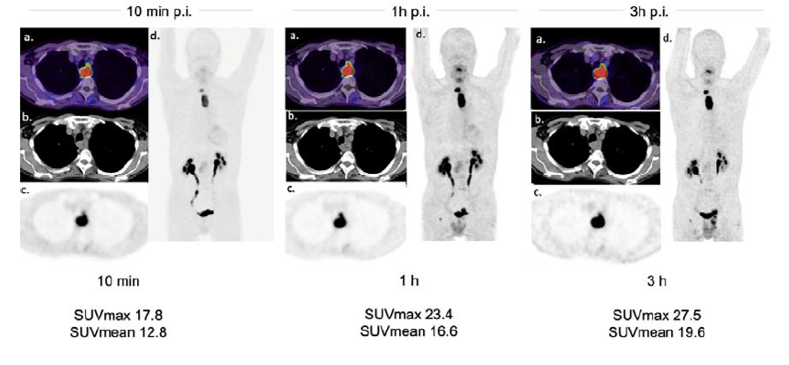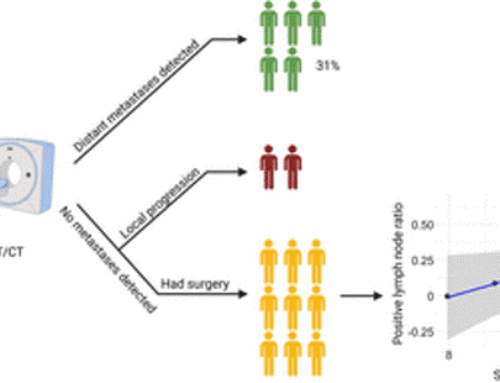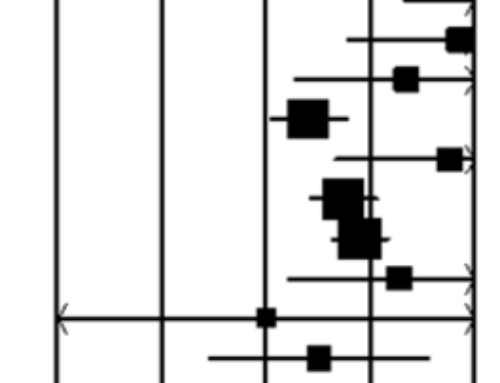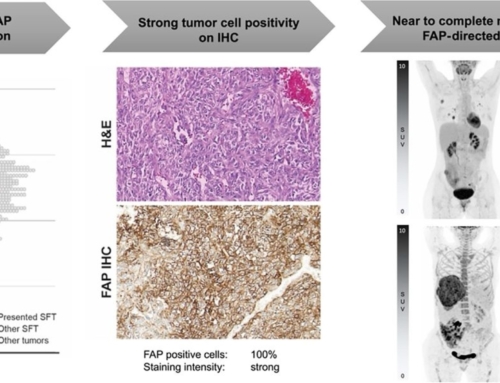Abstract
Purpose: A growing family of 68Ga-FAPI Positron Emission Tomography (PET) probes have shown promise in imaging a variety of medical conditions. 68Ga-FAPI-46 in particular has emerged as unique for both its diagnostic and theranostic applications, however the optimal timing of PET remains unclear. Therefore, we evaluated uptake values at three time points after FAP-46 administration in a spectrum of tumor types.
Methods: The cohort consisted of 43 patients with diverse cancer diagnoses undergoing 68Ga-FAPI-46-PET/CT at three time points (10 min, 1 h, 3 h). We determined the tracer uptake based on standardized uptake values (SUVmean and SUVmax) and tumor-to-background-ratios (TBR) (SUVmax/ SUVmean).
Results: There were 171 lesions in the 43 patients. Comparing all lesions at different time points, the mean SUVmax was maximal at 10 min (8.2) and declined slightly at 1h (8.15) and 3h (7.6) after tracer administration. Similarly, the mean SUVmax(log) still had a similar pattern in primary lesions (n = 30; 0.98, 1.01, 0.98), lymph node metastases (n = 37; 0.82, 0.84, 0.81) and distant metastases (n = 104; 0.81, 0.79, 0.74). TBR also showed non-significant differences at the three times.
Conclusion: 68Ga-FAPI-46-PET/CT imaging revealed remarkably stable tumor and background uptake as determined by SUV-metrics and maintained high TBRs within 3 hours of injection. Thus, it may be possible to scan with FAPI-46 within 10 to 20 minutes of injection, improving workflow and decreasing patient wait times. Confirmation of these findings in a larger cohort is underway.


![FAP Expression in Renal Tumors Assessed by [68Ga]Ga-FAPI-46 PET Imaging and FAP Immunohistochemistry: A Case Series of Six Patients](https://sofie.com/wp-content/uploads/2025/12/info.ibamolecular-scaled-500x383.jpg)


![[68Ga]Ga-API-46 PET accuracy for cancer imaging with histopathology validation: a single-centre, single-arm, interventional, phase 2 trial](https://sofie.com/wp-content/uploads/2025/09/image-500x383.png)
